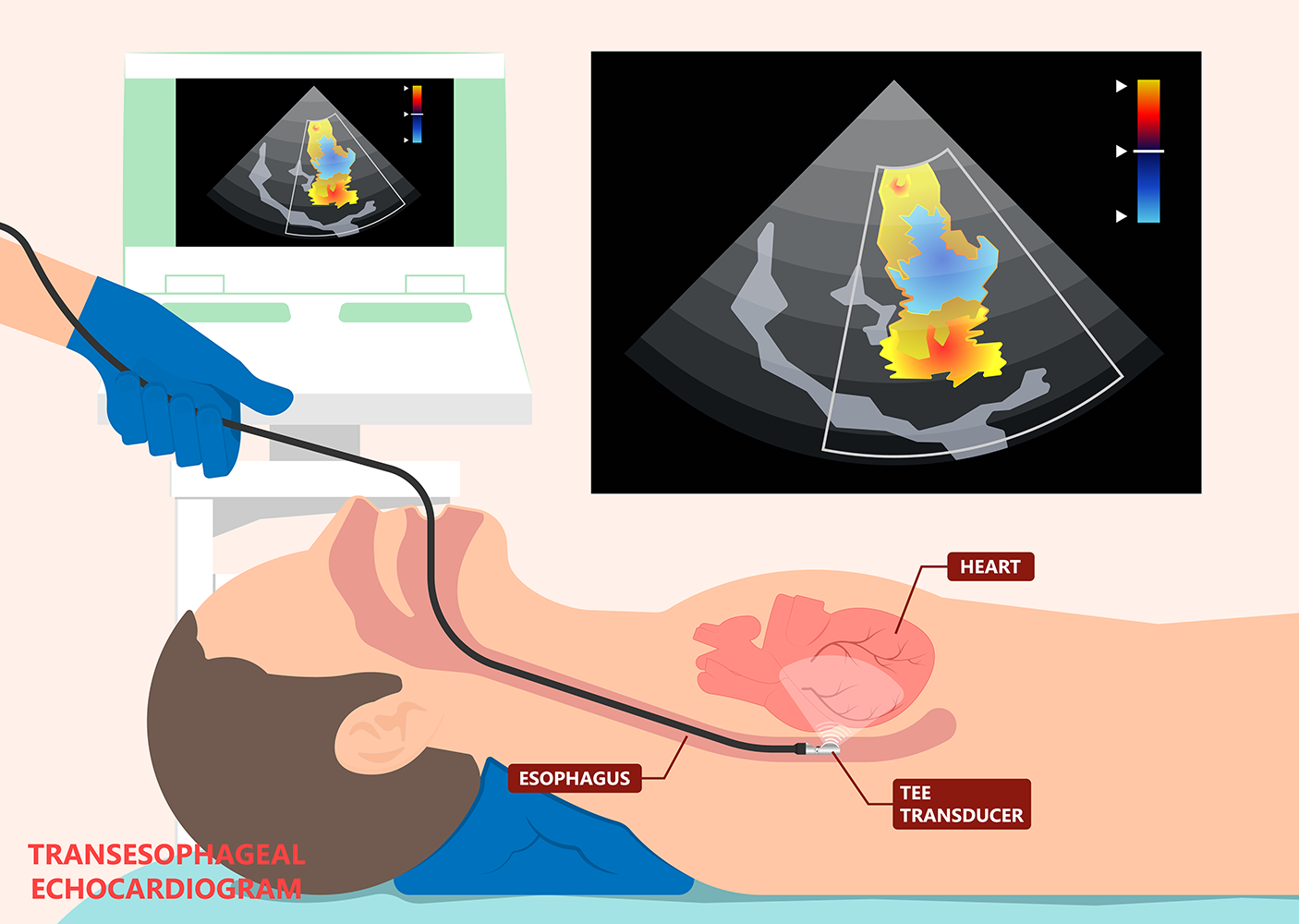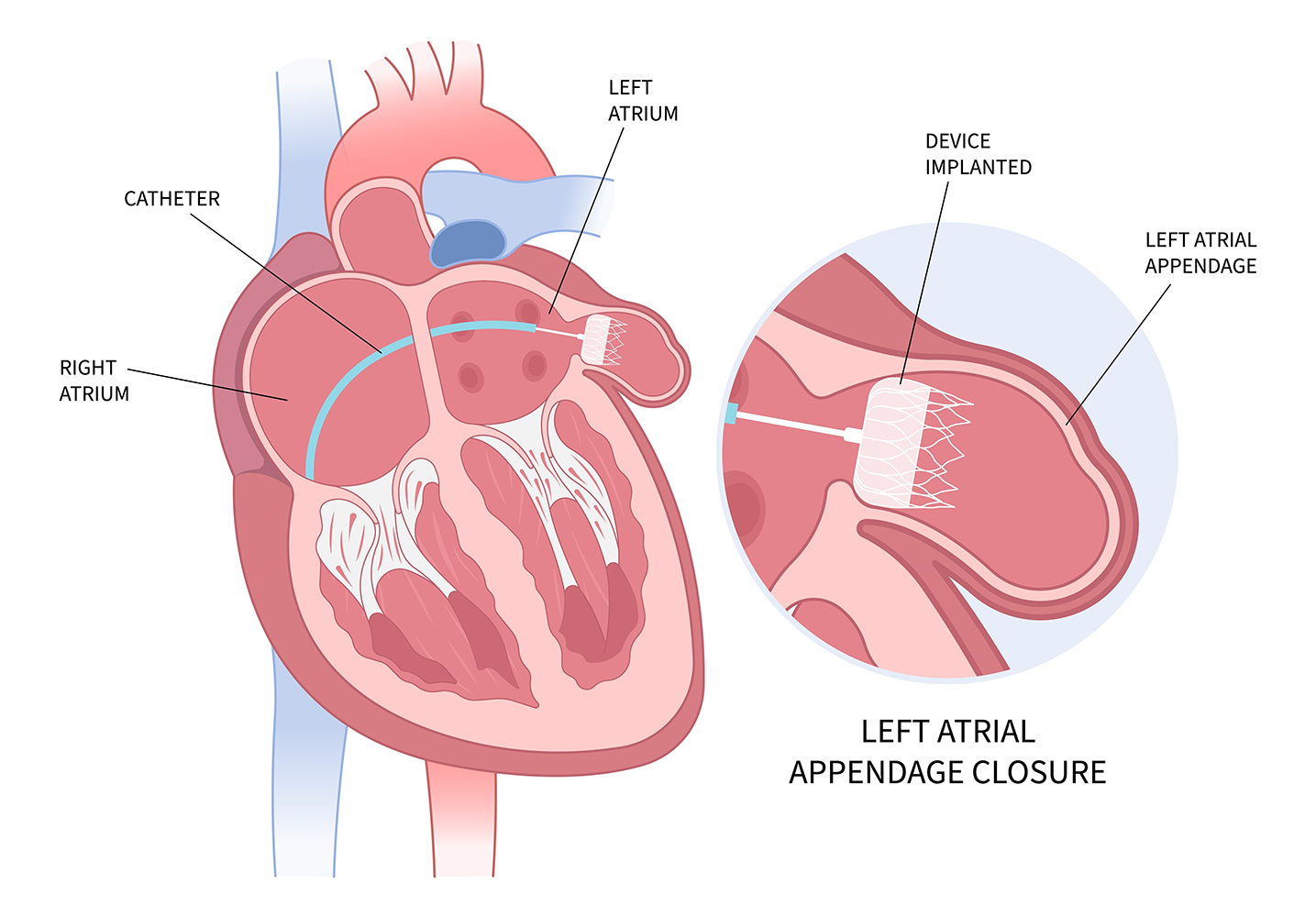Cardiac Catheterization (Cath)
Cardiac catheterization (also called heart cath or cardiac cath) is an invasive procedure performed by an invasive or interventional cardiologist. A small sheath (a short, thin tube) is placed into an artery and/or vein via a needle stick after the skin is numbed and catheters (long, thin tubes) are maneuvered into various positions in or around the heart. The procedure is generally painless following the sheath insertion. There are multiple indications for this procedure, including examining the blood pressures inside the heart, visualizing the heart arteries and opening blockages in heart arteries. The procedure generally takes 30-60 minutes to perform in the hospital, and patients are frequently allowed to go home on the same day of the procedure. If you need a cardiac cath, then contact Premier Heart today for an appointment.

Transesophageal Echocardiogram (TEE)
Transesophageal echocardiogram (also called TEE) is a procedure where a small ultrasound probe is placed into the esophagus and/or stomach via the throat (similar to an upper endoscopy or EGD) in order to perform a special echocardiogram. This procedure is done under moderate or heavy sedation in a hospital, it is generally painless, usually lasts 15-30 minutes and patients go home on the same day. It is an important procedure to evaluate parts of the heart that cannot be visualized by a regular echocardiogram. If you need a transesophageal echocardiogram, then contact Premier Heart today for an appointment.

Watchman
The Watchman device is used to perform a special procedure that closes off a small chamber in the heart called the left atrial appendage. This ‘left atrial appendage occlusion’ procedure is a way to reduce the risk of stroke in patients with atrial fibrillation who are unable or unwilling to take blood thinner medications. A small sheath (short, thin tube) is placed into a vein via a needle stick and the device is placed into the heart. The procedure is very similar to a cardiac catheterization. If you have atrial fibrillation and you are concerned with taking blood thinner medication, then contact Premier Heart today for an appointment.
TAVR
TAVR (is short for transcatheter aortic valve replacement) is a special type of cardiac catheterization procedure where a new aortic valve is placed into the heart to replace a poorly functioning diseased aortic valve (aortic stenosis). This new aortic valve is inside a special metal stent which is placed into the heart via a sheath (short, thin tube) placed into an artery. This hospital procedure is most frequently done without surgical incisions or general anesthesia and many patients go home within 24 hours. If you have aortic stenosis and you need further evaluation, contact Premier Heart today for an appointment.
